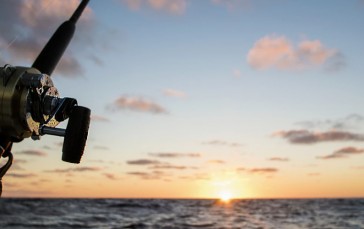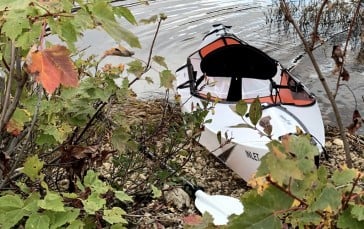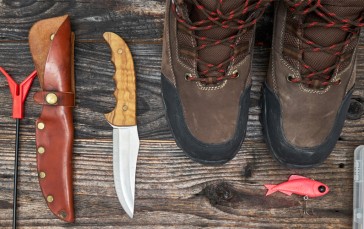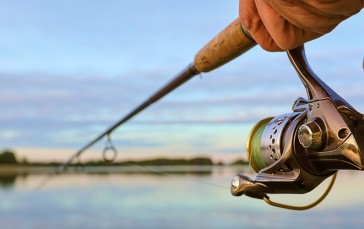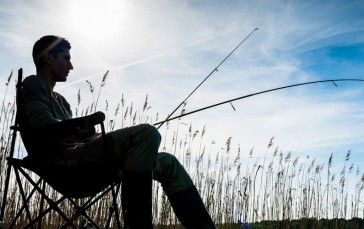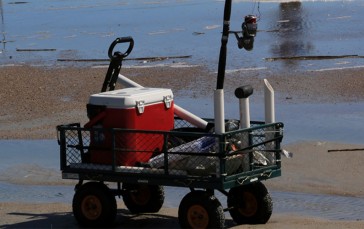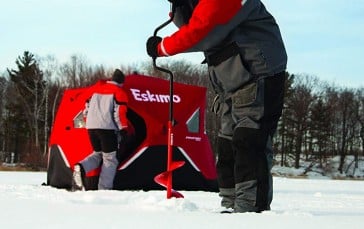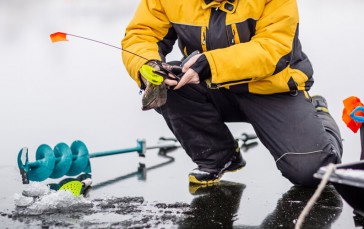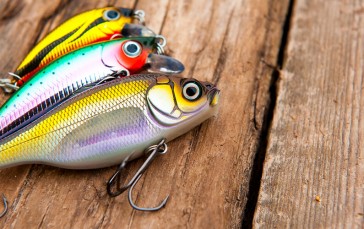Guide To Fishing
Now the ponds and lakes have melted back to the tranquil chillness you only get during the warmer months of the year, it’s high time you find your fishing lures, grab your fishing hat, and pack spare fishing reels into your gear bag and get out there. But with so many types of fishing available, how do you choose what to do. While some of you may have a favorite fishing hobby, there are others who may have just wound their first lines and do not understand what’s what.
Luckily, we know our way around a bait and tackle box, so today we will dedicate our time to giving everyone who wants to fish – either for sport or survival – a crash course in what types of fishing they can expect to find. But first, we need to answer a few questions.
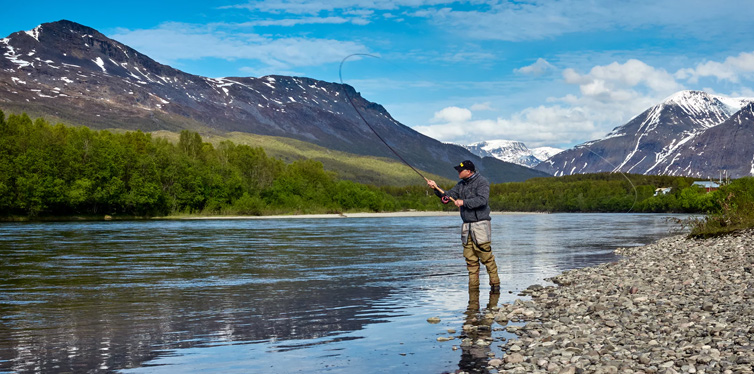
Do I Need A Fishing License To Fish?
This depends on where you live and how old you are. UK, Ireland, Canadian, and US residents require a license once over (and under, in some cases) a certain age. This is typically over 12 and under 65, however, it may vary between countries.
Other countries, such as New Zealand and Sweden, do not require a fishing license. Likewise, there is no license required for sea fishing in the UK.
Because of how often the law differs between countries and even states, we recommend contacting your local authority before embarking on your fishing trip to ensure you’re not breaking any laws. While a fishing license may cost you to purchase, it is still cheaper than paying whatever potential fines you may incur from doing it illegally.
1. Fly Fishing
Fly fishing requires you to attach fake flies to the end of your line to act as a lure and bring the fish to you. The rods you use for this are different from standard fishing rods, with the line being longer and heavier to ensure you hit the target.
Despite the difference with other types of fishing, it follows an ancient angling tradition and is perfect for those who have a craving for trout or salmon. But it’s also useful for other species, too.
Unlike freshwater shore fishing, you may need to wade further into the water for your expedition to be successful, so it demands more gear and equipment to keep you comfortable. Once you’ve got everything, though, you can set yourself the target of catching as many types of fish as possible, as many other anglers do.
Where? Wherever you will have the silence to contemplate life, but also where you can find some fish, otherwise what’s the point?
Equipment? Wading boots, waterproof coveralls, artificial lures, a fishing hat, time to think
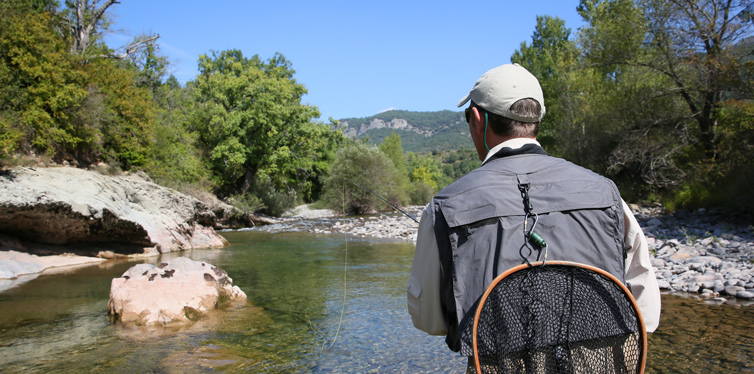
2. Spear Fishing
If you ask us (which we know you haven’t but whatever) spear fishing is the most badass way to fish out of all types a fishing there is. It has arguably the largest history and is still done in many parts of the world.
The beauty of spear fishing is how easy it is to do, and while some fishermen use a spear gun, you can get by with the most primitive spear imaginable. If you’re able to fashion a stick into a pointier stick, you can spear fish successfully.
It’s so easy that photographers have snapped pictures of chimps using their own spears to catch fish in their natural habitat. Whether they learned this from humans or developed it themselves is still a mystery, though.
Where? Literally anywhere but it’s most effective in the shallows of beaches and rivers. Spear fishing is most popular in Asia and South America, but you can also find it all over the world.
Equipment? A spear (or a spear gun), goggles or snorkel masks, flippers, water shoes, wetsuit (or loincloth if you want to go full prehistoric)
3. Freshwater Fishing
Whether you cast your line into lakes, ponds, rivers, or streams, you’re always guaranteed a bite when freshwater fishing. This is perhaps the easiest fishing to do spontaneously, and because you’re doing a lot of waiting around, it’s a great bonding experience for you and your buddies.
Freshwater fishing provides opportunities to catch big bass, catfish, and tilapia, while other species can be found further into the center of the area. If you’re looking for the biggest fish possible, you can rent a boat to see how you hold up, just remember to pack bug repellent.
Where? Close to a river mouth or area with plentiful wildlife should provide enough potential for the catch of the day
Equipment? Fishing rods, bait, lures, a cold beer (or 5), something to sit on
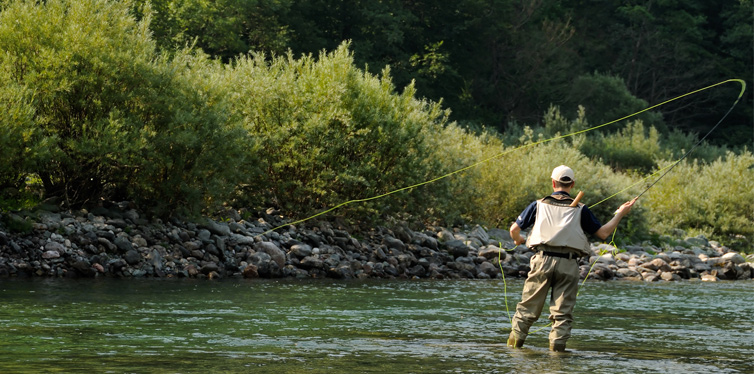
4. Saltwater Fishing
If you prefer to indulge in saltwater fish and seafood, then saltwater fishing is the method for you. It is more intimidating than other types of fishing considering you are faced with the vast, terrifying openness the ocean, but really it’s not all that scary, and for some the fear of the challenge only adds to the thrill.
To make things feel even more complicated, though, saltwater fishing can encompass one of three different subtypes: shore, ocean, and deep water fishing. Depending on which method you choose, you can catch everything from small fish wiggling their way around rocky pools to mammoth barracudas that you can snap a photo of before releasing it back into the ocean. You might even glimpse a whale which would be awesome.
The further out you get, the more complicated it becomes, but with the correct equipment and enough mettle, you’ll be fine.
Where? Around the coast, a little further from the shoe, and way into the middle of nowhere of the big blue.
Equipment? A boat, a strong reel and hooks, an escape plan
Take Тhe Bait
Fishing is not just something old men do as an excuse to get out of the house and drink beer after beer in the baking sun (although that sounds fun even on its own), but instead it is a chance to explore and experience a new hobby, visit and witness different parts of your hometown and even the world and introducing you to something you never thought of doing.
If you’ve been fishing for years, we know we need not convince you of the merits of casting your line, but for novices intrigued by the hobby, it’s always good to understand what you’re getting into and the variety of different options to pursue.


